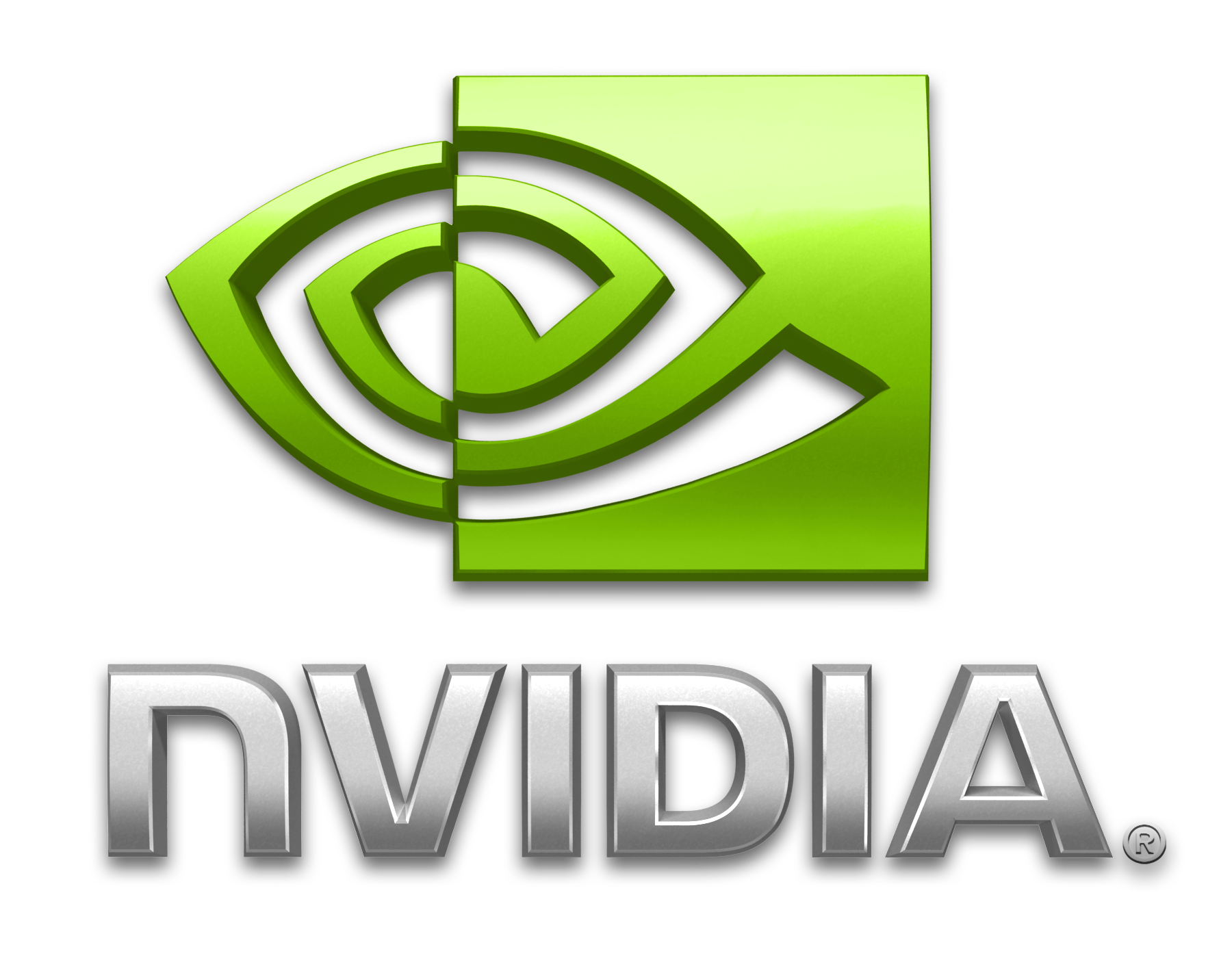NVIDIA Stock Predictions: Does NVIDIA Have More Juice Left?
 The article was written by Ayush Singh Tip Ranks #4 Financial Blogger – Senior Analyst at I Know First.
The article was written by Ayush Singh Tip Ranks #4 Financial Blogger – Senior Analyst at I Know First.
NVIDIA Stock Predictions
 Branched out revenue stream is good news for NVIDIA investors
Branched out revenue stream is good news for NVIDIA investors- Growth in Connected Cars market, along with a dominating presence in the core GPU business is a tailwind.
- Investors can consider buying NVIDIA, but due to the stock’s rich valuation, investors should hold the stock and look for a better entry point.
- I Know First Is bullish on NVDA stock
I have been a long-term NVIDIA (NVDA) bull. I first recommended buying the stock when it was trading at under $18 in 2014 and the stock has almost doubled since then. A growing company that has a diversified revenue stream almost always proves to be a winner and NVIDIA is no different.
(Source: NVDA data by YCharts)
Despite the slowdown in the PC market, NVIDIA has continued to grow and outshine peers like AMD (AMD). NVIDIA has already established a leading position in the graphics card market, and it is also expanding other rapidly growing markets like connected cars, virtual reality, augmented reality, etc.
The Pascal Innovations
NVIDIA recently launched its Pascal architecture to further fortify its position as the leader in the graphics card business. According to NVIDIA, the GP100 is the biggest FinFET GPU, sporting a surface area of a 610-millimeter square. The GM200 was a highly successful graphics card and the GP100, which is its successor, should prove to be a winner as well. This new GPU comprises of 15.3 billion transistors, approximately twice the figure of transistors that were used in GM200.
In spite of using a huge amount of transistors, the processor has been made more power efficient with the help of TSMC’s 16 nanometers FinFET process. This new GPU comprises of noteworthy architectural modifications and is much better than the previous 28 nm node GM200.
One of the most significant things in GP100 is that it uses High Bandwidth Memory 2, which is more than twice memory bandwidth equated to the GM200. At present, Tesla P100 accelerators are being shipped only to data centers for use in custom server boards. TSMC’s CoWoS process is used for the packaging of the chips.
There were rumors that the company’s graphics cards do not support DirectX 12, and AMD’s Radeon R9 Fury X was much superior to NVIDIA’s finest Graphics cards. However, it was not true, as the company’s current generation Maxwell 2 architecture already supports DirectX 12 delivering an even better performance compared to AMD’s existing cards.
More information about new products
The Tesla P100 accelerator is grounded on the company’s latest Pascal architecture and thus produced using TSMC’s 16nm FinFET manufacturing process. As compared to previous generation solution grounded on 28nm Maxwell architecture, the company claims around the 12x surge in neutral network training performance. This will exhibit a considerable performance gain.
The latest and advanced AI algorithms are used for the new products and will deliver more than 21 TFLOPs of ultimate deep learning performance, and will illustrate a 3x surge in memory bandwidth associated to Maxwell GPUs, mainly due to the use of HBM2 memory. The company plans to launch DGX-1 systems powered by Tesla 100 anytime in June this year, however, systems from foremost server manufacturers will not arrive till early 2017.
Apart from this, the company has also publicized more information regarding its Drive PX2 unit designed for autonomous driving systems as well as driver-assistance. NVIDIA PX2 comprises of two Tegra processors, and both of them individually contain two custom ARM CPU cores named Denver, and four ARM Cortex-A57 cores. Also, both of them have admittance to a separate GPU grounded on the company’s latest Pascal architecture, and an assimilated Pascal GPU.
NVIDIA restates the PX2, which is designed for autonomous vehicle testing or research and development purpose, can provide up to 24T deep learning operations per second. Self-driving systems depend on deep learning to acquire from real-world driving experiences. Given the strong expected growth of the Connected Cars market, I expect NVIDIA’s initiatives to reap rewards in the long-run.
Better than Intel’s Xeon Phi accelerator
Recently, Intel launched a new product code-named Knights Landing with 72 CPU cores which are a Xeon Phi co-processor. As per the company, Xeon Phi will deliver more than 6 TFLOPS and 3 TFLOPS of computing performance per second in single and double precision mode respectively.
The computing performance claimed by Intel is quite exciting, but as NVIDIA claims, its latest products based on Pascal architecture will deliver 10.6 TFLOPS and 5.3 TFLOPS of computing performance per second in single and double precision mode respectively, much superior as compared to Intel.
In the case of performance per watt, it is highly likely that NVIDIA’s P100 accelerator may also have a lead over Intel’s latest Xeon Phi accelerator. NVIDIA’s P100 accelerator is rated at a 300-watt thermal design power, which is definitely great. Intel’s previous Xeon Phi accelerators were rated at anywhere from 225 watts to 300 watts. Therefore, if Knights Landing will be rated at 300 watts, it would not be shocking at all, especially for the chief performers.
If these thermal design power ratings are characteristic of actual power consumption, it is highly expected that NVIDIA’s accelerators will not beat Intel’s accelerators only in terms of performance but also in terms of efficiency.
Analysts’ Opinion
Wall Street analysts share my view of NVIDIA, as seen from the image below.

(Source: TipRanks.com)
Out of the 23 analysts covering NVIDIA, 9 have a buy rating on it, while the majority of them recommend holding the stock. Given the stock’s rich valuation, most analysts don’t see terrific upside in the foreseeable future, which is why they have a hold rating on the stock.
Conclusion
I still like NVIDIA due to the company’s diversified revenue stream and its initiatives in the Virtual Reality, and Connected Cars market. However, the stock’s valuation is just a little too rich to be considered a great buy right now. The company’s new GPU will likely be a winner once again and it should continue witnessing strong growth going forward. However, with a trailing P/E of almost 35, I think investors should hold NVIDIA and accumulate the stock on dips in the future.
My NVIDIA outlook is echoed by algorithmic forecasts of I Know First. I Know First uses an advanced state of the art algorithm based on artificial intelligence and machine learning to foresee market performance for more than 3,000 markets including stock forecasts, world indices, commodities, interest rates, ETFs, and currencies. The algorithm generates a forecast with a signal and a predictability indicator. The signal is the number at the center of the box. The predictability is the figure at the bottom of the box. At the top, a particular asset is identified. This format is standardized across all forecasts. The middle number indicates strength and direction, not a price target or percentage gain/loss. The bottom figure, the predictability, signifies a confidence level.

As you can see from the above image, the green 5.76 signal signifies that I Know First’s algorithm expects NVIDIA to show weak bullish movement in a 1-year time frame. This risk/reward ratio is not great, which is why I would suggest waiting for a better entry point.

In the past, I Know First’s Predictive Algorithm predicted the stock movement of NVDA in this Tech forecast of 1 year from November 16th, 2014 to November 16th, 2015. We can observe the strong bullish signal of 149.51 and predictability of 0.41 which in the lapse of a year managed to return 56.23%. That is not the only amazing thing about this forecast, the average long position brought 24.49% and the short 15.29%.

 Branched out revenue stream is good news for NVIDIA investors
Branched out revenue stream is good news for NVIDIA investors













